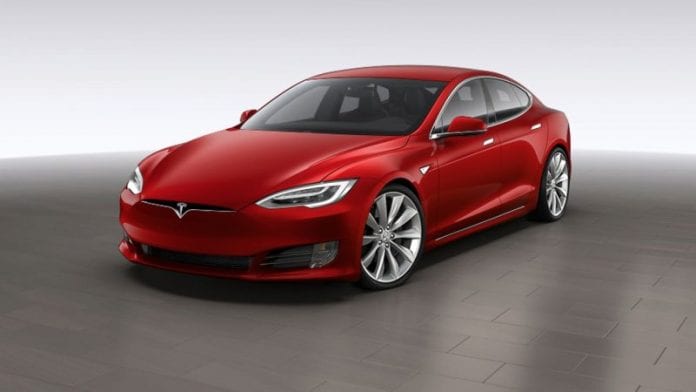The most important thing when we talk about electric cars is a range. If a car runs out of battery charge, you may end up in the middle of nowhere. Luckily, that has changed over the recent years, and the automakers offer more possibilities and choices to their respectful buyers at a lower price.
Many cars including BMW i3, the Nissan LEAF and similar can commute at least 100 kilometers per charge in perfect driving conditions. However, the Tesla Model S Sedan and Model X SUV top that by far and these two vehicles can reach a gas-free commuting level of 437 km and in some cases even more. The new Chevrolet Bolt will be a bitter rival to Tesla as soon as it hits the market.
Tesla has presented Model 3 Concept this summer and already hundreds of thousands of people have pre-order it. More people consider that an electric car is a great way to get rid of gas pumps. Although the Model 3 hasn’t reached the production line yet, the interest to buy this car has gone through the roof. But, is investing a large amount of money going to pay off eventually? Will the Model 3 live up to the expectations? We will have to wait and see. Meanwhile, the Tesla Model S has been put to the test.
How does it behave on the road?
Top of the range Tesla Model S takes only 2.6 seconds in a 0 to 100km/h run. Just for comparison, the Lamborghini Aventador SV has the same result. What is specific for electric motors is that they can cater full power right away, and do all that without being too loud.
image source: youtube.comA “regenerative braking” system can be found in every Model S. This means that when you brake, the kinetic energy is converted into electricity and goes to battery. This is a successful way to conserve range.
The car also comes with an optional Autopilot mode. It can be a great solution if you are on the highway because the vehicle has sensors that detect lines, other cars and how fast they move. The computer will decide if it should go faster or use brakes if necessary. It is not recommended to turn on the Autopilot in a city because the sensors don’t identify stop signs and other signals on the road. Considering that the Autopilot is still in the development stage, a driver must follow the situation on the road all the time, and he cannot relax completely. This is more of an aid and not the full-time driverless solution.
The price
The Model S P90D costs $132,000 without any additional options, so yes, the car is expensive. The car that was tested had many upgrades and optional equipment, and its price was stunning $197,500. The cheapest trim – the Model S 60 comes at $75,000 which is still a lot of money for average people. Is it profitable in the long term? We used a CAA Electric Vehicle Cost Calculator, and if you drive Model S P90D for 20,000 km, you will spend $1,024 per year. To get a general idea, we compared Model S to a Honda Civic for which you would have to set aside about $1,870 for fuel on a yearly basis. But can these two really compare?
Charging the car
The car comes with the adapters that will allow you to charge your vehicle at home. They use a standard 110-volt outlet, but that takes too much time to recharge. For example, if the battery on P90D is completely depleted, you will have to wait more than 82 hours for it to go back to full. Even after you drive only 80km it takes more than 15 hours to recharge it.
Tesla’s “Superchargers” are another way to recharge your battery. However, these public stations are a rarity, but they are free to use, and they can recover half of your battery in just 20 minutes.
image source: autoevolution.comHopefully, there will be more of these stations in the future. The simplest way would be to install a 240-volt outlet which is efficient, and your battery would be full in less than eight hours.
So far, living with an electric car may be difficult for an average citizen, but the Tesla has long-term plans how to make it easier. With the introduction of new models and advancements in battery technology, it will be possible to reduce prices and offer far more range.









